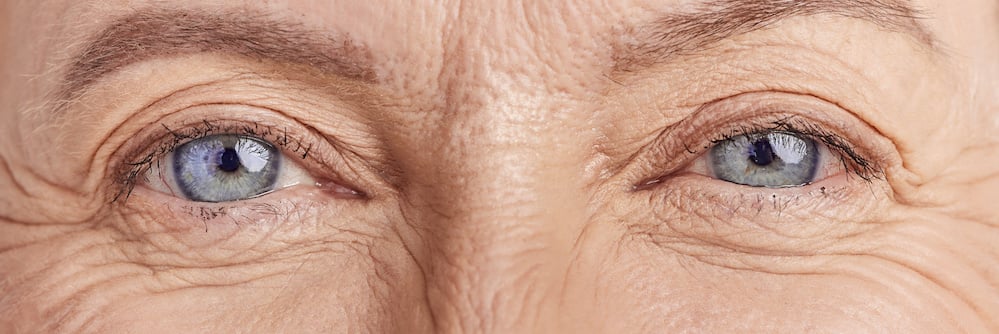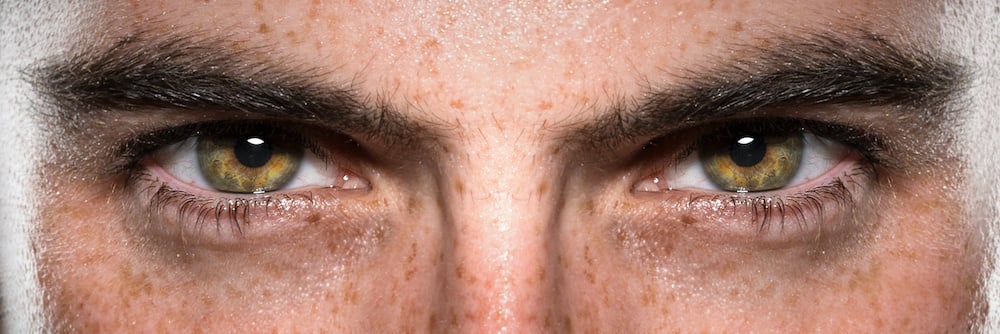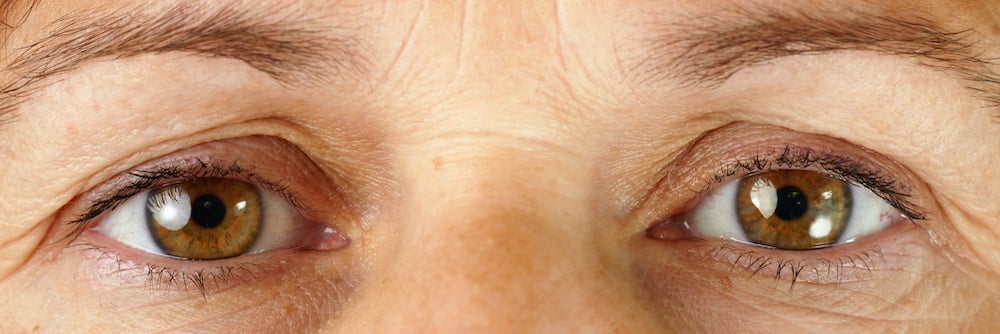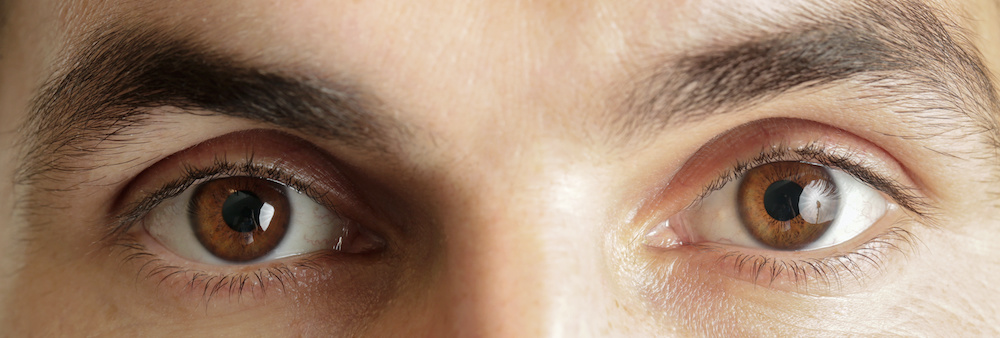Alzheimer's Disease
Eye tracking helps to make cognitive assessment and prediction of disease progression
Even a mild case of traumatic brain injury (mTBI) can lead to long-term impairment, so accurate and timely detection is vital1. Eye movements involve many brain areas, thus visual impairments are a common finding following TBI, including mTBI2.
A mild cause of traumatic brain injury (mTBI) is challenging to objectively diagnose and has no universally accepted diagnostic criteria. The development of easily quantifiable techniques using eye tracking as an objective diagnostic tool provides practitioners with an objective tool that is easier to assess than conventional tests. Thus, as this technology becomes increasingly integrated into clinical settings, the potential for it to identify deficits accurately and reliably in patients following mTBI, and to monitor both their recovery and the effectiveness of potential treatments will increase1.
Concussion and mTBI tests for diagnosis and initial assessment consist of symptom checklists, sideline tests such as the King-Devick test, balance tests, head impact telemetry system, eye movement tracking devices, cognitive tests, magnetic resonance imaging, computed tomography, diffusion tensor imaging, functional magnetic resonance imaging, magnetic resonance spectroscopy, positron emission tomography and electrophysiology3,4. However, at present, there is no single test that alone can reliably diagnose concussion or determine when recovery has occurred3. In addition, objective measures for diagnosing mTBI are needed and eye-tracking is a potential useful diagnostic tool for identifying mTBI1,3.
Approximately 90% of individuals with mTBI examined in a clinic setting and having vision-related symptoms were diagnosed with one or more oculomotor dysfunctions following their acute care phase and natural recovery period1,5. Saccades, the head impulse test and pursuits are specific (97.0%) and sensitive (84.9%) in distinguishing healthy controls from participants with mTBI1.
With concussions, the clinical neuro-ophthalmic exam is also important for detecting abnormalities in fusional vergence, saccades, smooth pursuit, and visual fixation4. Common neuro-ophthalmic findings in concussion include abnormalities in saccades/antisaccades, smooth pursuit, vergence, accommodation, the vestibular–ocular reflex and photosensitivity3,4.
In the first 10 days after mTBI, patients had impaired anti-saccades, prolonged saccadic latencies, higher directional errors, poorer spatial accuracy, and impaired memory guided saccades3. Saccadic dysfunction as assessed clinically may be present in approximately 30% of patients with mTBI3,6. Abnormalities in pursuit eye movements were present in 60% of mTBI patients7,8. Convergence abnormalities have been reported in 47%–64% of patients with concussion3,6.
mTBI can negatively affect the maximum diameter, amplitude and velocity of the constriction and dilation of the pupil, which are all difficult to assess without computerised pupillometry9,1. mTBI patients have small increases in constriction latency in response to light and reduced average constriction velocity as found in a non-randomised controlled trial1. While mTBI typically adversely affects many aspects of the dynamics of the pupillary light reflex (PLR), the effects seen to be in both pupils, i.e. mTBI per se typically does not cause asymmetric pupillary damage and related asymmetric responsivity9.
Vergence system abnormalities are also common in mTBI10. In fact, vergence system abnormality seems to be the most common dysfunction in mTBI, with studies showing that 56.3% of these patients had one or more vergence-related abnormalities5,10.
Oculomotor function can be affected by many different pathologies.
Read their literature review regarding Neuro-Ophthalmic Manifestations of Post-Concussion Syndrome here.

Eye tracking helps to make cognitive assessment and prediction of disease progression

More than 50 % of children with tumor in the brain stem show neuro-ophthalmological signs

Eye movement disturbances are present in upt o 75% of MS patients.

Oculomotor examinations help differentiate parkinsonian syndroms.

Ophthalmologic signs and symptoms may be a warning sign of a stroke.